Livall’s Ski Helmet That Best Ensures Safety
Skiing and snowboarding, though thrilling, come with significant risks. Each year, thousands of individuals head out onto slopes without fully comprehending all of the potential pitfalls; more than 600,000 injuries occur annually just in the United States alone from skiing/boarding injuries alone.
Ski helmets should be considered accessories and essential equipment that significantly decreases the risk of head injuries on the slopes, accounting for 20% or more of all injuries reported on them.
Accordingly, head injuries account for 20-25% of all reported incidents - making ski helmets not just accessories but essential gear that significantly lower the chance of these incidents occurring.
Studies show helmets can reduce the likelihood of skiing-related head injuries by 30-50%, making a critical impact reduction possible and potentially saving lives. They're especially essential for children at greater risk of falls and injuries.

Understanding Ski Helmet Safety
Safety Standards for Ski Helmets
Helmet safety standards, such as ASTM F2040 in the US and CE EN 1077 in Europe, ensure adequate protection.
They evaluate how effectively helmets absorb impacts, resist penetration, and maintain their structural integrity during cold temperatures; certified helmets meet specific criteria related to shock absorption and penetration resistance during rigorous tests conducted under these standards.
Testing Procedures for Ski Helmets
Ski helmets must undergo stringent safety testing procedures, such as impact and penetration tests, to meet industry standards.
Impact tests involve placing the helmet on a dummy head and subjecting it to controlled impacts at various distances to measure how well it cushions and distributes force.
Penetration testing includes dropping sharp objects onto it to simulate punctures. Helmets must also pass their strap system effectiveness tests so as to remain securely on the head during crashes.
Recent Advancements in Helmet Safety Technology
Technological innovatio ns have substantially advanced ski helmet safety. MIPS (Multi-directional Impact Protection System) technology is one such advancement; this allows the helmet to rotate slightly on impact, minimizing rotational forces that may otherwise lead to severe head trauma.
Furthermore, advanced materials like Koroyd and Aerocore provide greater impact absorption while remaining lightweight, while some modern helmets integrate electronics for improved communication and emergency alerts for enhanced overall protection while skiing or snowboarding.
the Safest Ski Helmets: LIVALL Ski Helmets
Optimized Fit and Sizing for Increased Protection
A key component of ski helmet safety lies in its fit. LIVALL RS1 ski helmets feature adjustable dial-adjust systems that enable users to fine-tune tightness settings to stay securely in place during falls and impacts.
Such tailored protection also significantly improves comfort levels—essential features when spending prolonged amounts of time skiing!
Advanced Ventilation Systems for Superior Comfort
Proper ventilation in ski helmets is essential to managing internal temperatures and moisture, especially during active exercise.
LIVALL RS1 ski helmets feature innovative ventilation systems with adjustable air vents that can open to increase airflow on warmer days or close shut for more incredible warmth in colder climates, providing optimal balance between performance and comfort.
Weighty Construction without Compromising Safety
A ski helmet's weight can significantly impact comfort and endurance on the slopes.
LIVALL's dedication to using innovative materials ensures its helmets are lightweight, helping reduce neck strain and fatigue for skiers while remaining safe with materials that provide superior impact resistance and durability.
This lightweight construction approach doesn't sacrifice safety, either!
Enhance Padding and Comfort Features for Extended Use Comfort is paramount in helmet design.
LIVALL RS1 ski helmets incorporate ergonomic padding that conforms to the contours of the head for improved fit and shock absorption.
They are made from advanced materials that absorb impacts and wick moisture away, keeping the skier dry and comfortable.
Furthermore, it's removable/washable nature helps preserve helmet cleanliness and prolong longevity.
Visibility Enhancements to Increase Safety
Visibility on the slopes can make all the difference in terms of safety and rescue operations, so LIVALL RS1 helmets feature steady colors with reflective materials to increase skiers' visibility in low-light conditions and beyond.
This feature makes LIVALL RS1 helmets highly recommended as part of an emergency plan, guaranteeing they stand out against other skiers.
This feature ensures conspicuity regardless of environmental factors encountered along the ski trail.
LIVALL's dedication to merging cutting-edge technology with user-centric design results in ski helmets with superior protection, comfort, and visibility - some of the safest options currently available.
Safety Tips Beyond Helmets
Importance of Skiing Within Limits
Staying safe on the slopes requires staying within one's comfort zone to ensure comfort and a more pleasurable experience.
Skiers should choose trails that match their skill levels to prevent unnecessary risks in unfamiliar or challenging conditions. by staying within their comfort zones, they are less likely to encounter accidents while having more enjoyable experiences overall.
Skiing Etiquette and Practices on the Slopes
Adherence to skiing etiquette is critical to ensure everyone's safety on the slopes, including lower skiers who have priority when moving through or turning at intersections.
Speed management, distance from others, and following all signs and markers guiding skier behavior on the slopes are also important.
Other protective gear and helmets are indispensable in skier safety. Goggles protect eyes from UV rays while improving visibility by shielding them against snow, wind, and debris.
Padded clothing such as impact shorts and back protectors offer additional protection from falls or collisions and should be considered essential gear.
These items enhance skier safety; all should be regarded as critical gear.

Conclusion
This blog post explores the essential aspects of ski helmet safety, emphasizing its selection and maintenance to maximize protection while skiing.
It covers various helmet safety standards and practices, as well as advancements such as MIPS technology for improved impact absorption.
Furthermore, additional protective gear, such as goggles and padded clothing, as well as maintaining safe practices on slopes, are discussed herein.
FAQs
How often should I replace my ski helmet?
For optimal results, replace your helmet every three to five years or sooner if there are signs of damage.
Can a bike helmet replace my ski helmet?
Unfortunately, no. Ski helmets are specifically designed to provide impact protection and warmth, which bike helmets cannot offer.
How should I store my ski helmet?
Store your helmet in an excellent, dry location away from direct sunlight to protect it and reduce damage and degradation.









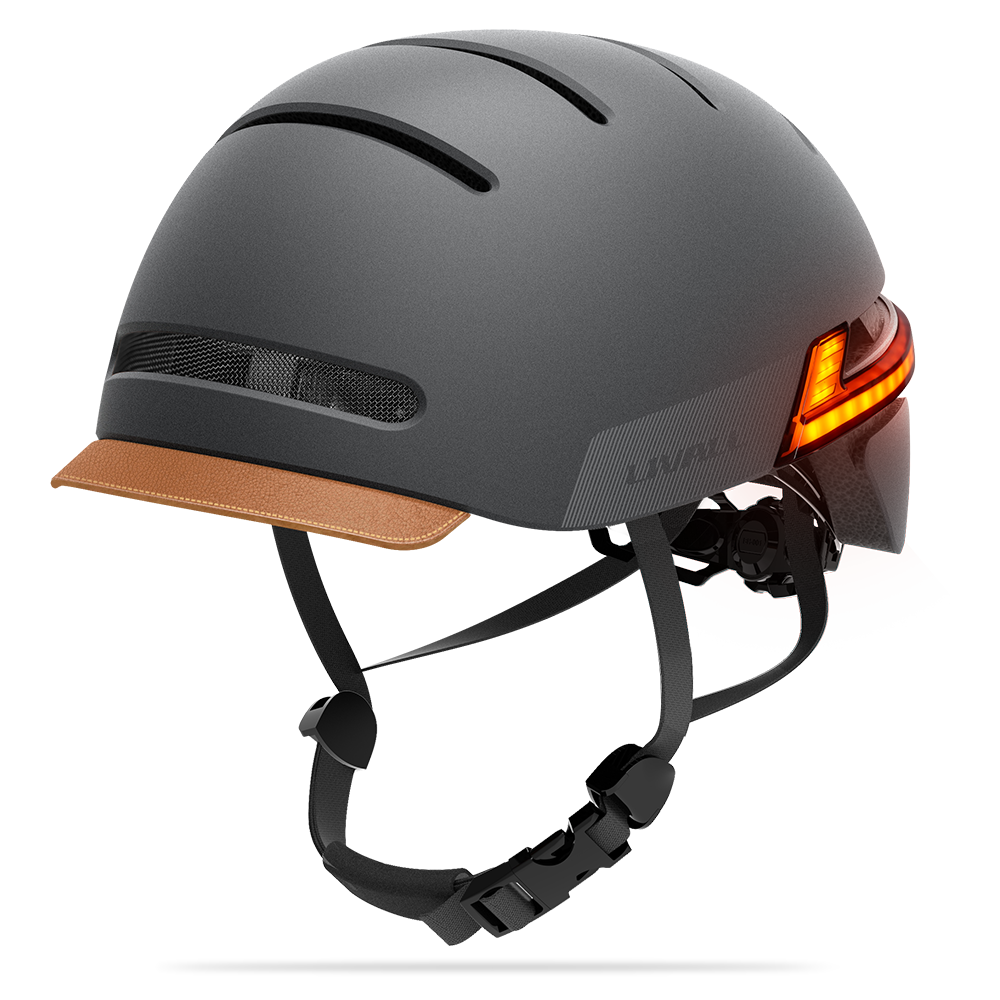




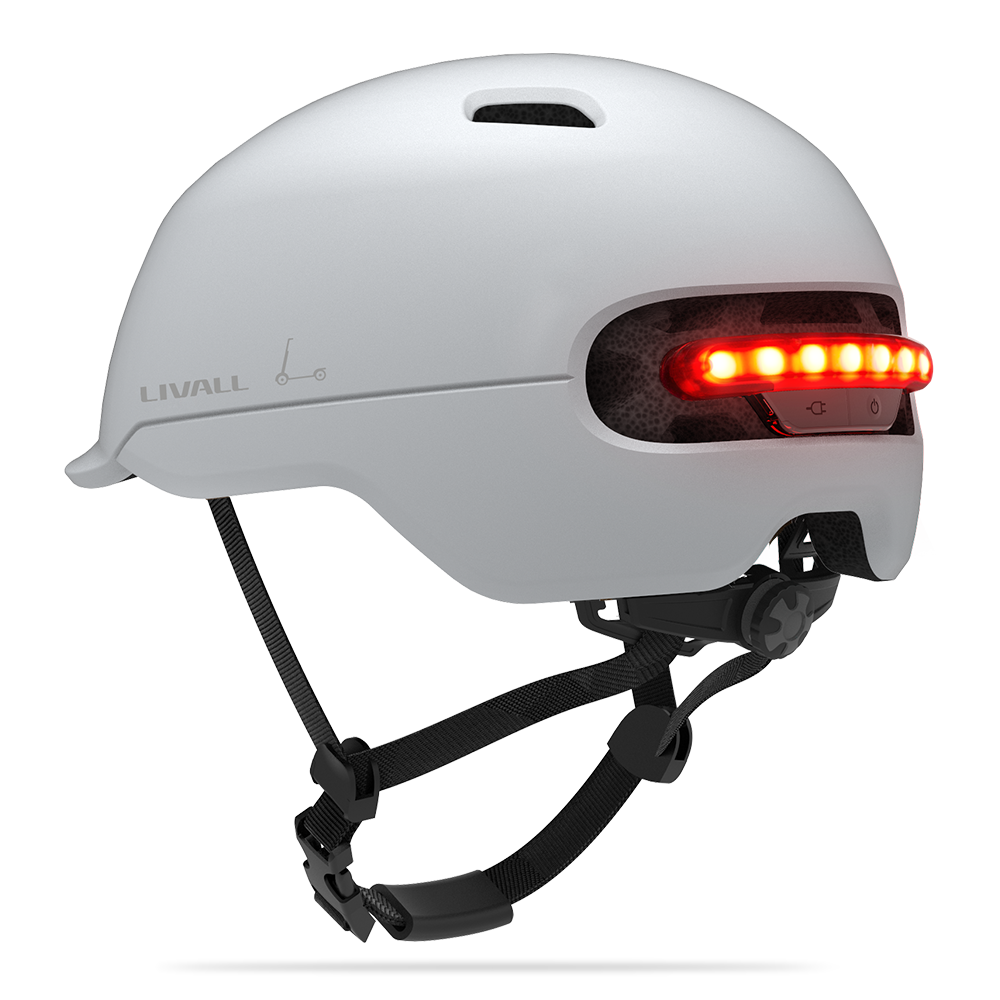
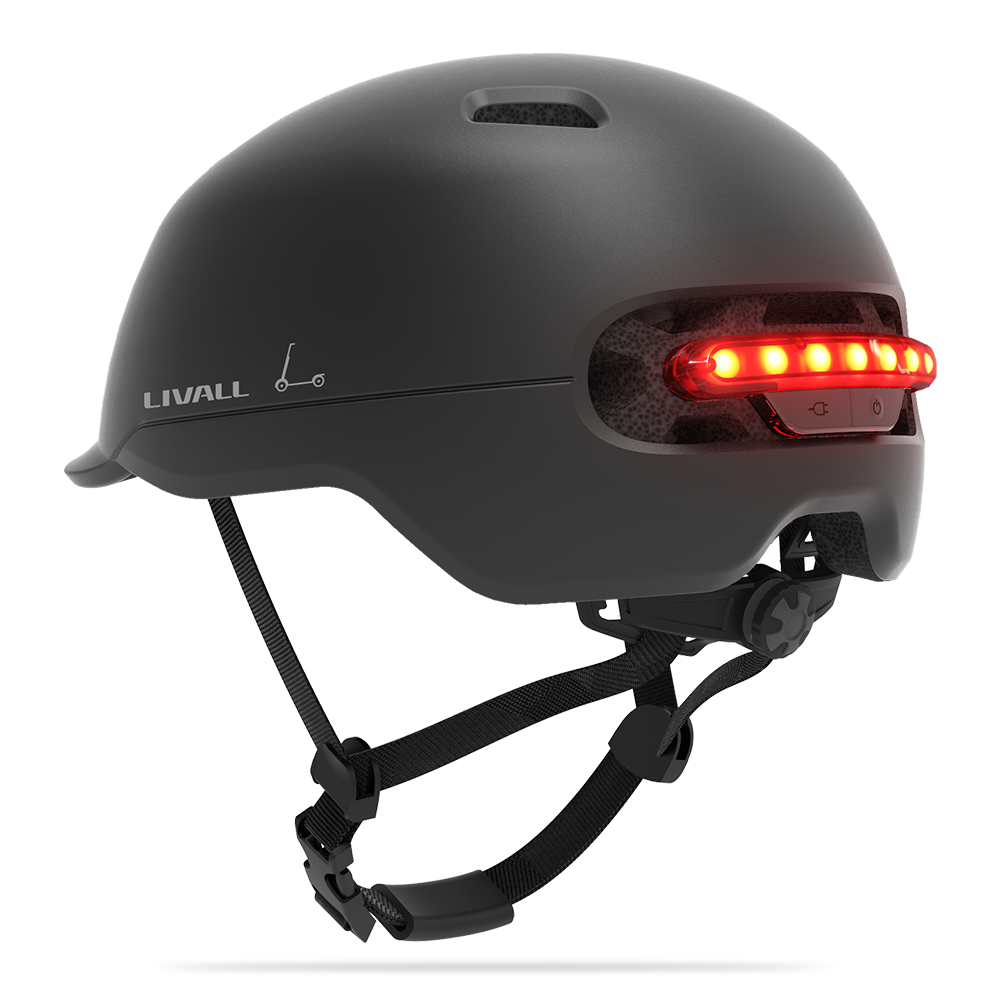
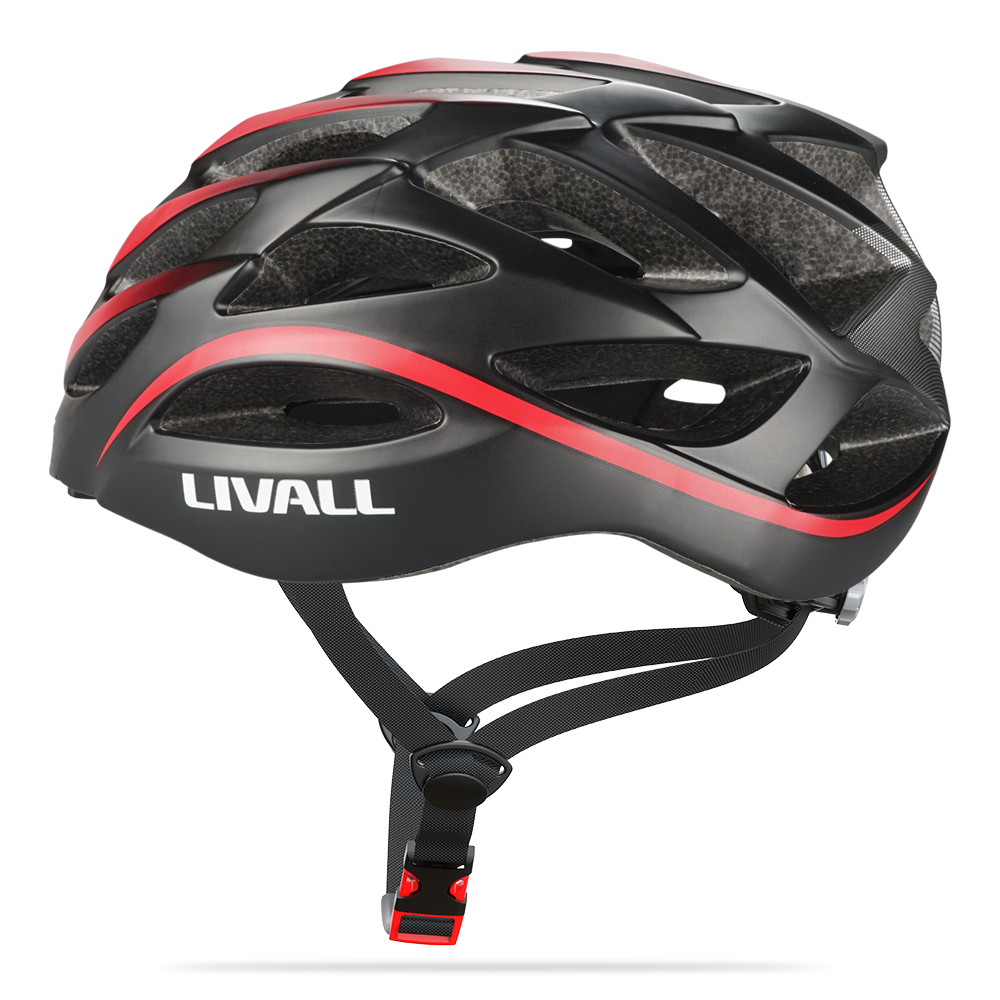
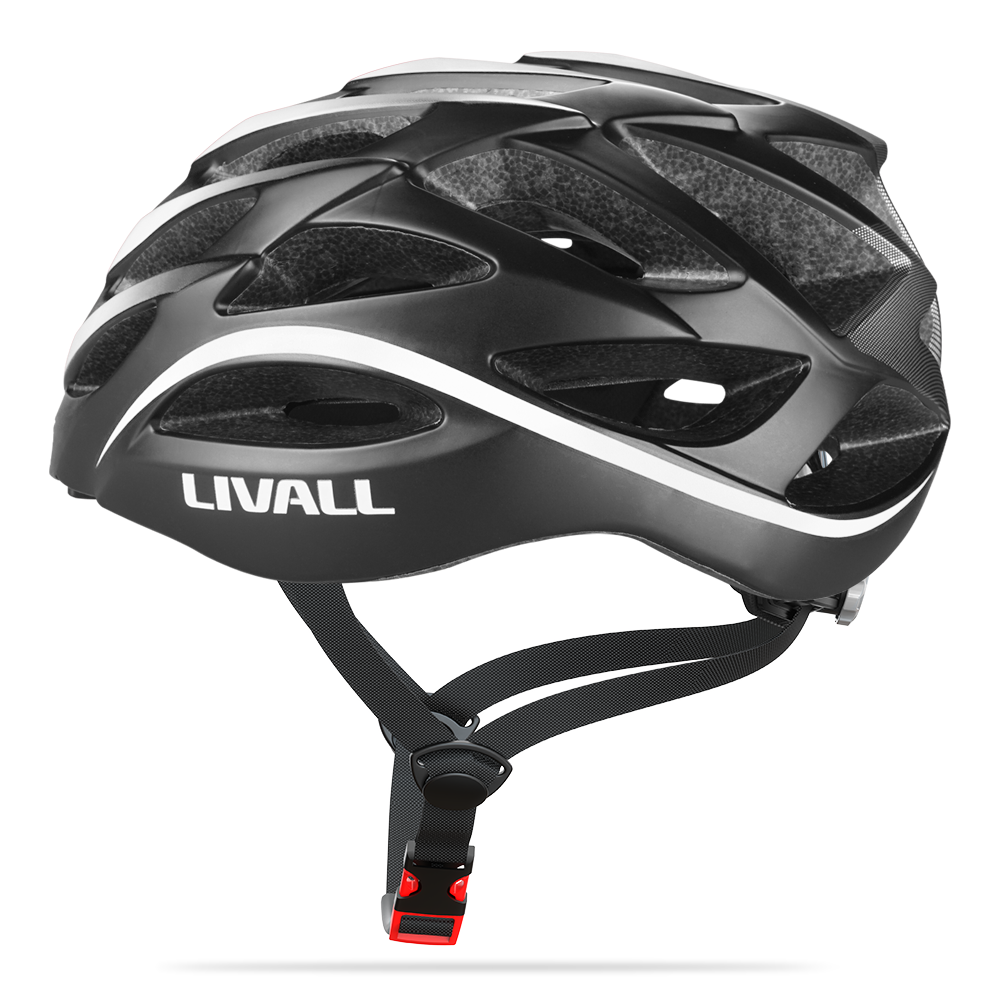


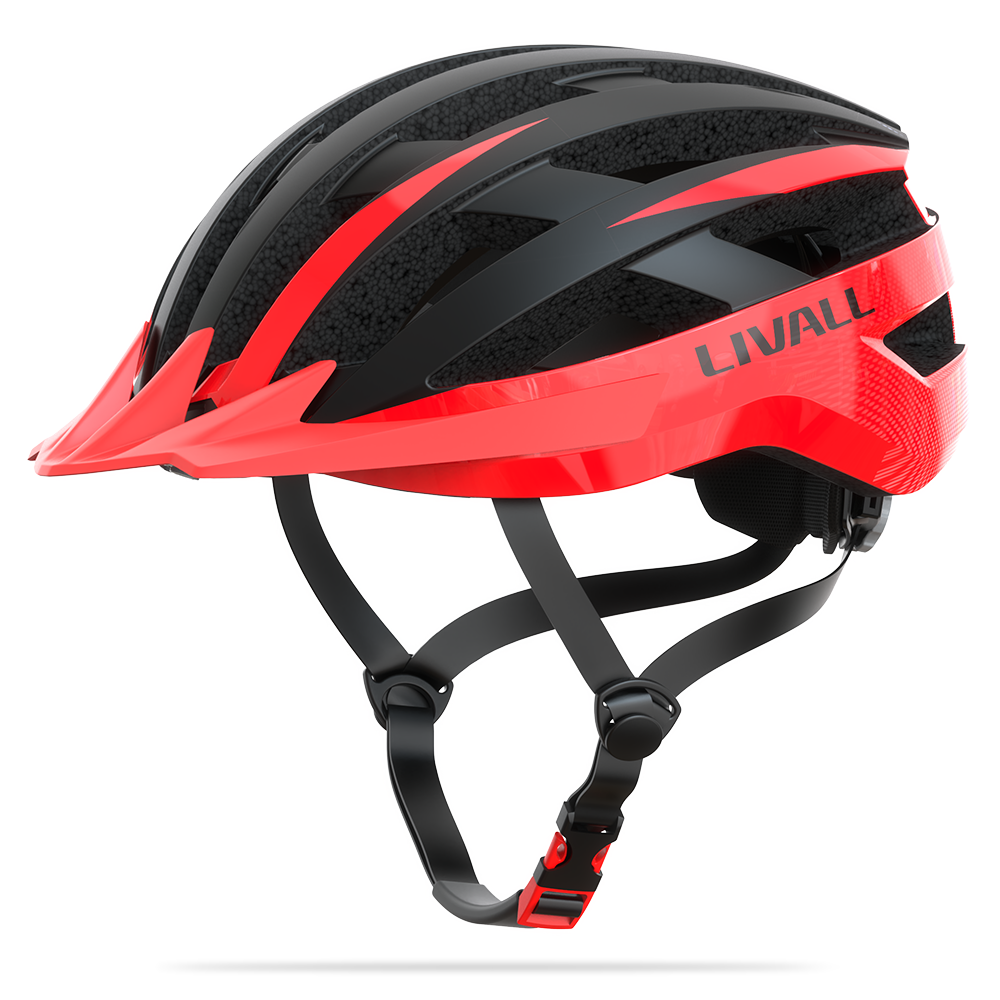

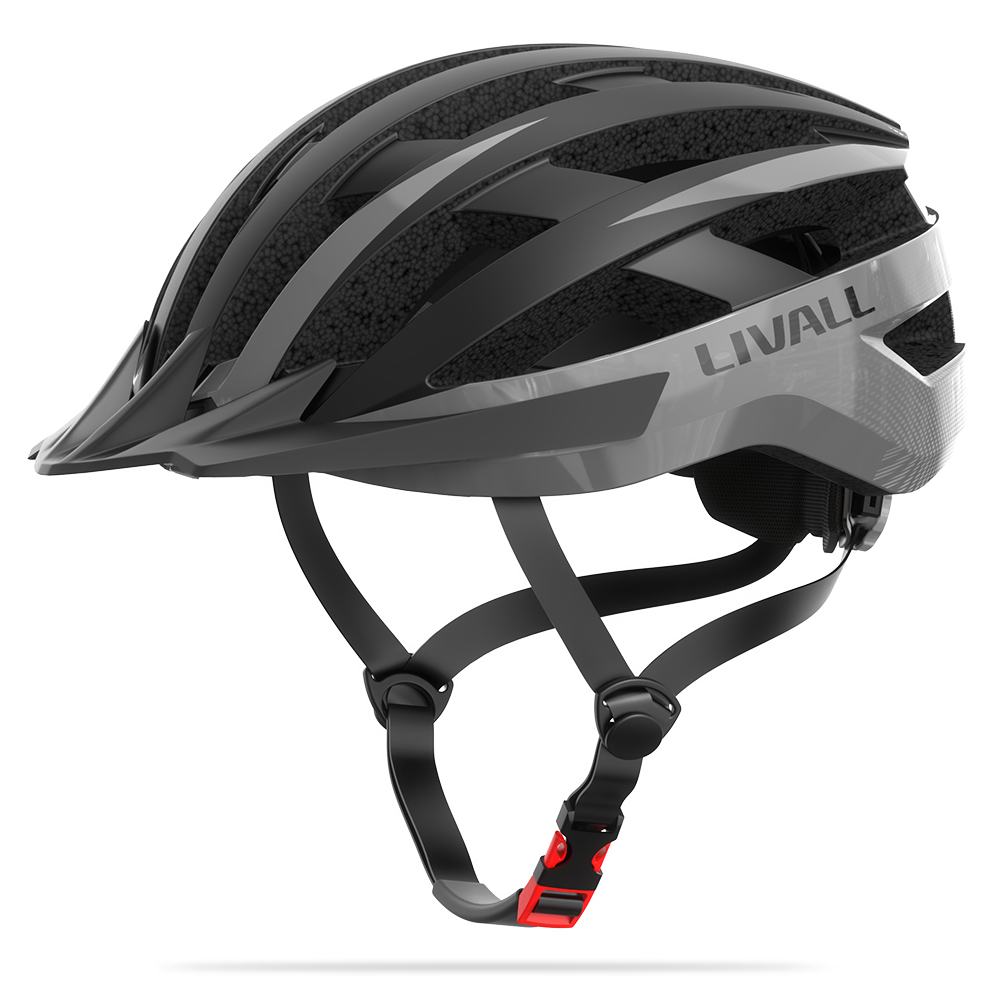
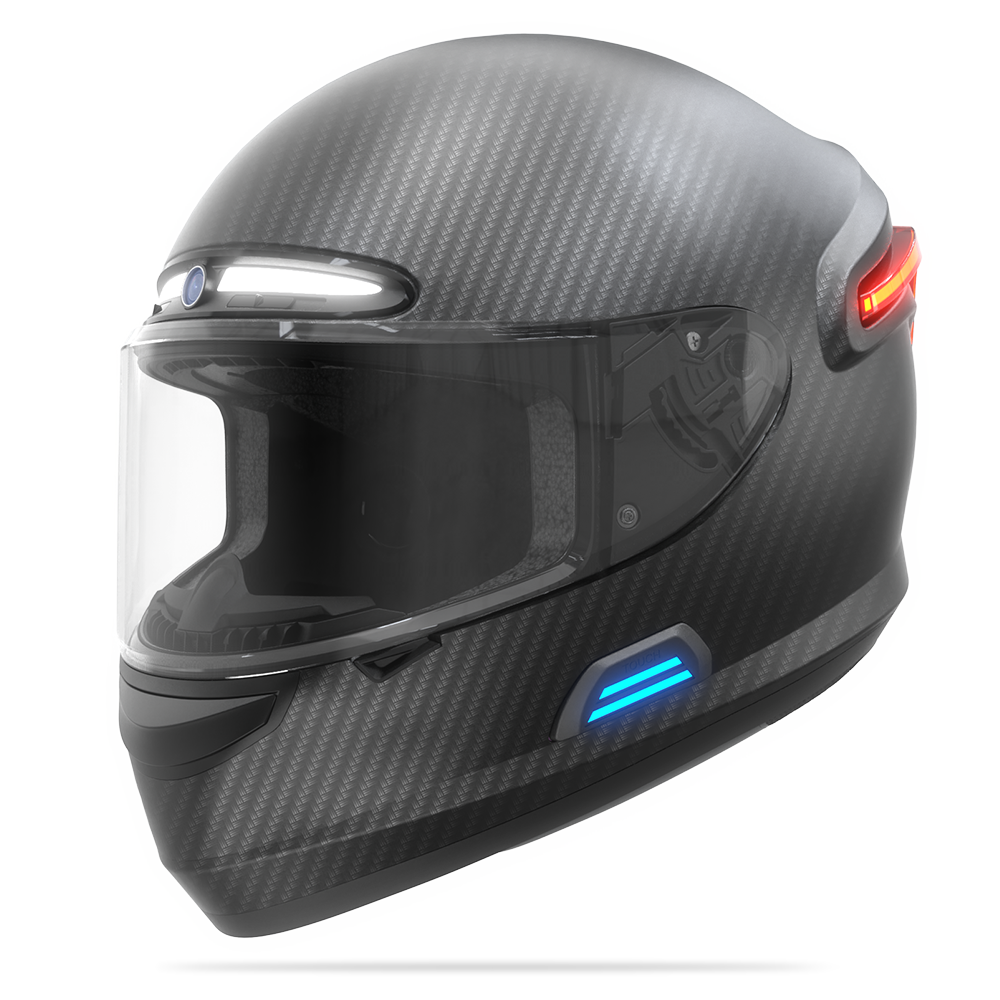


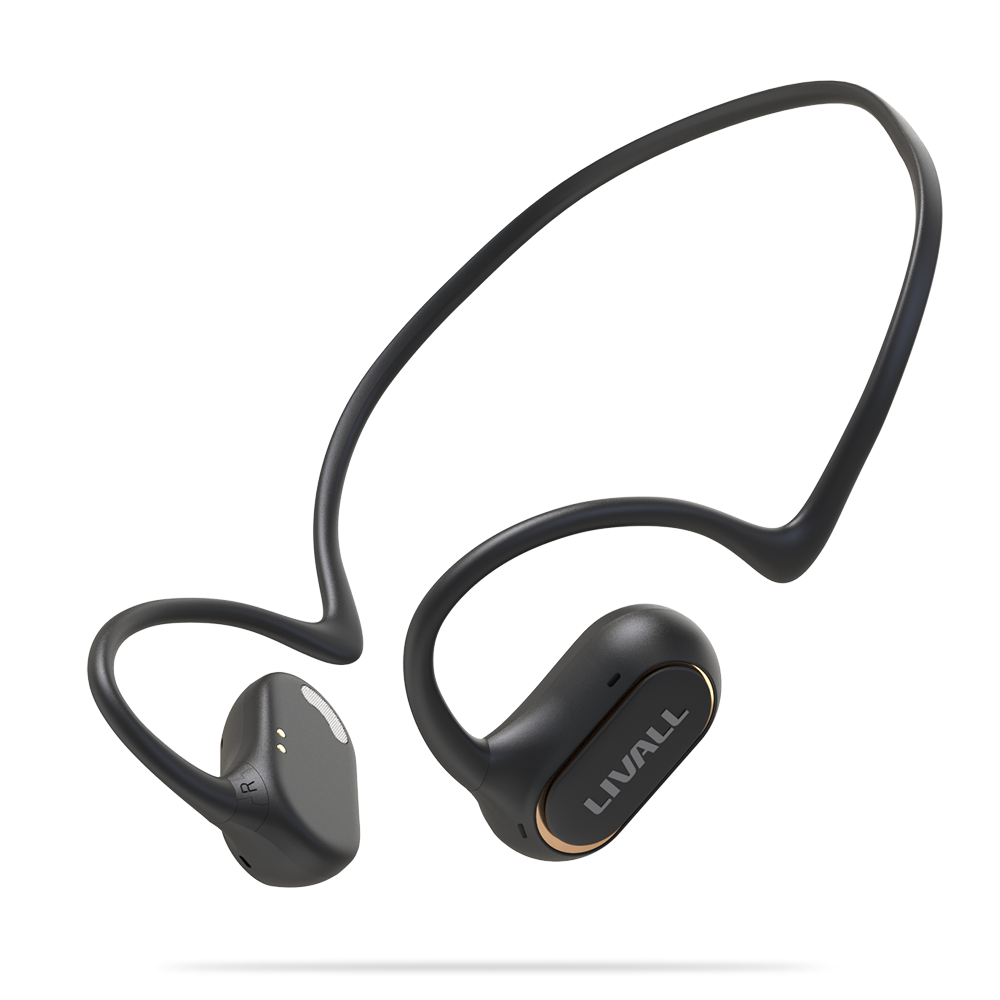

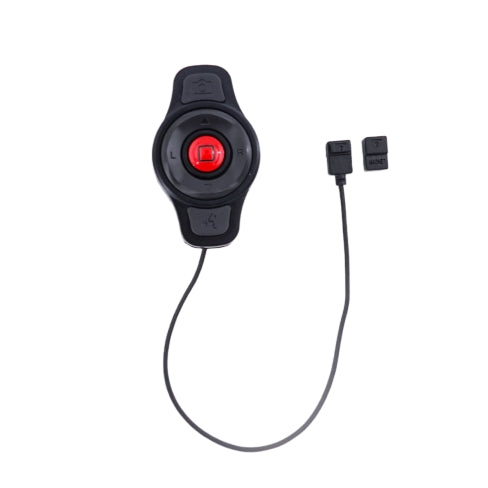
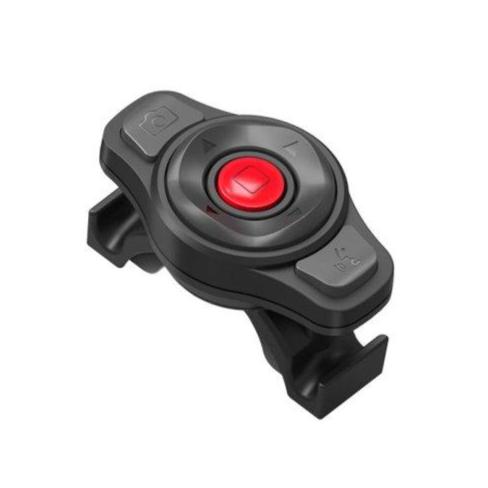
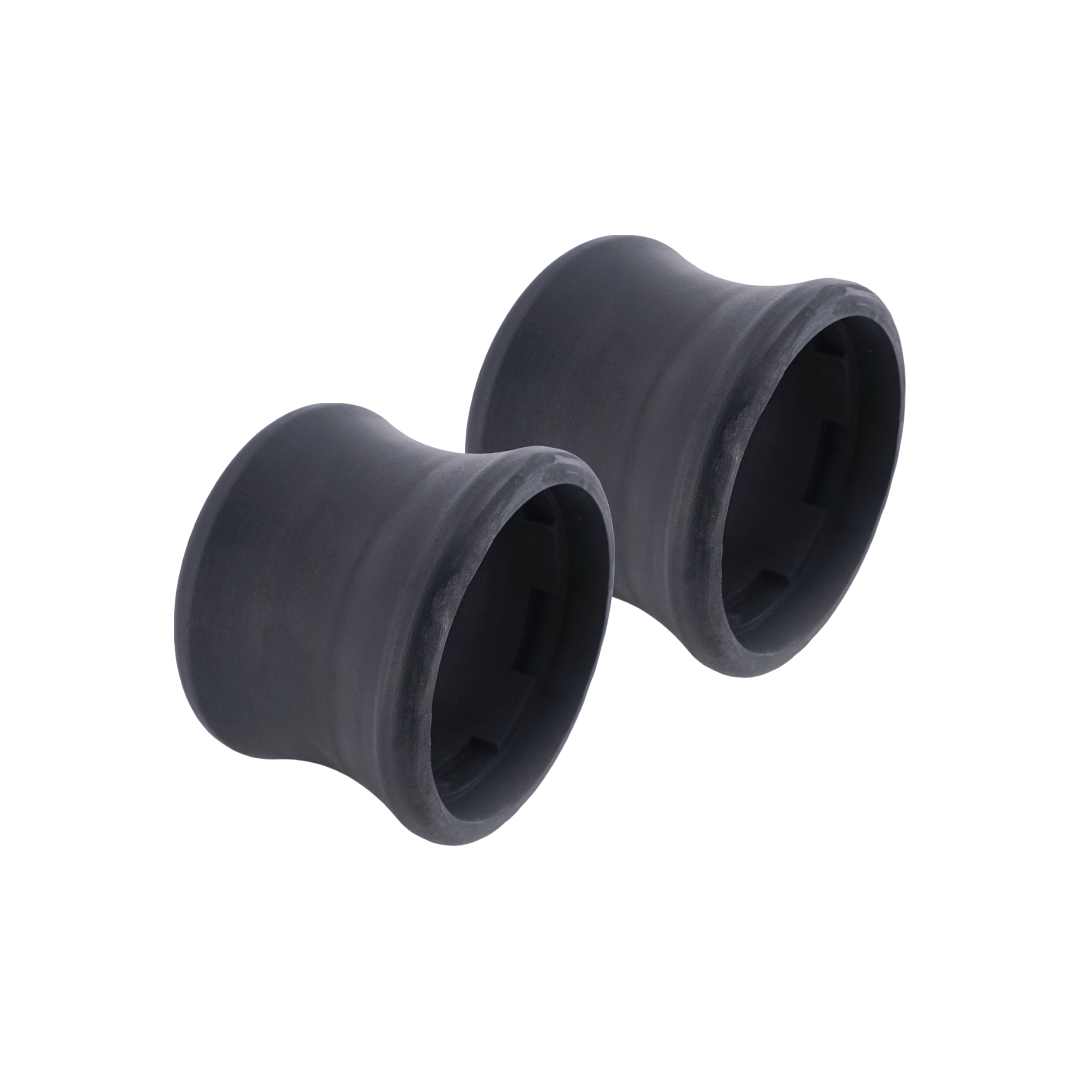
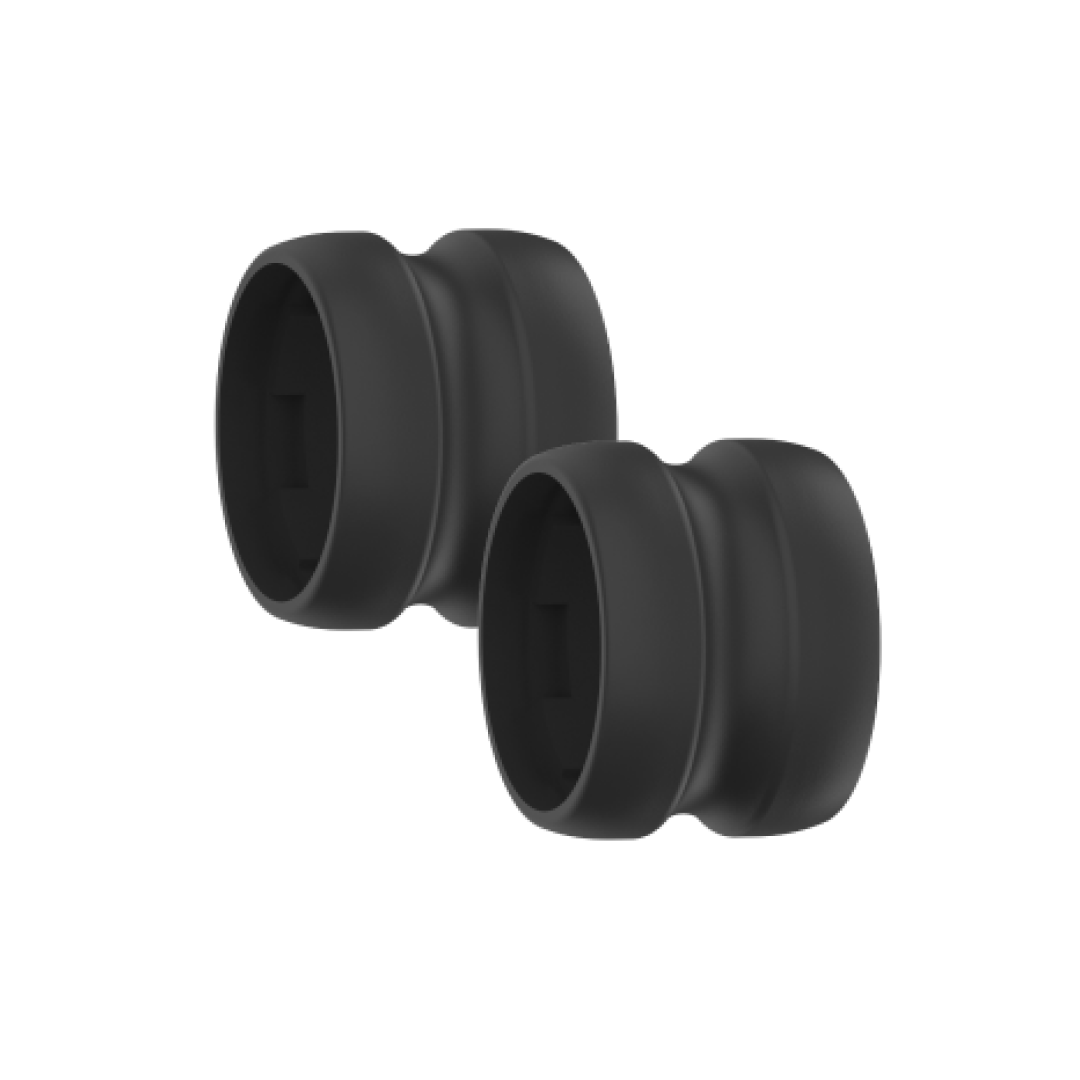
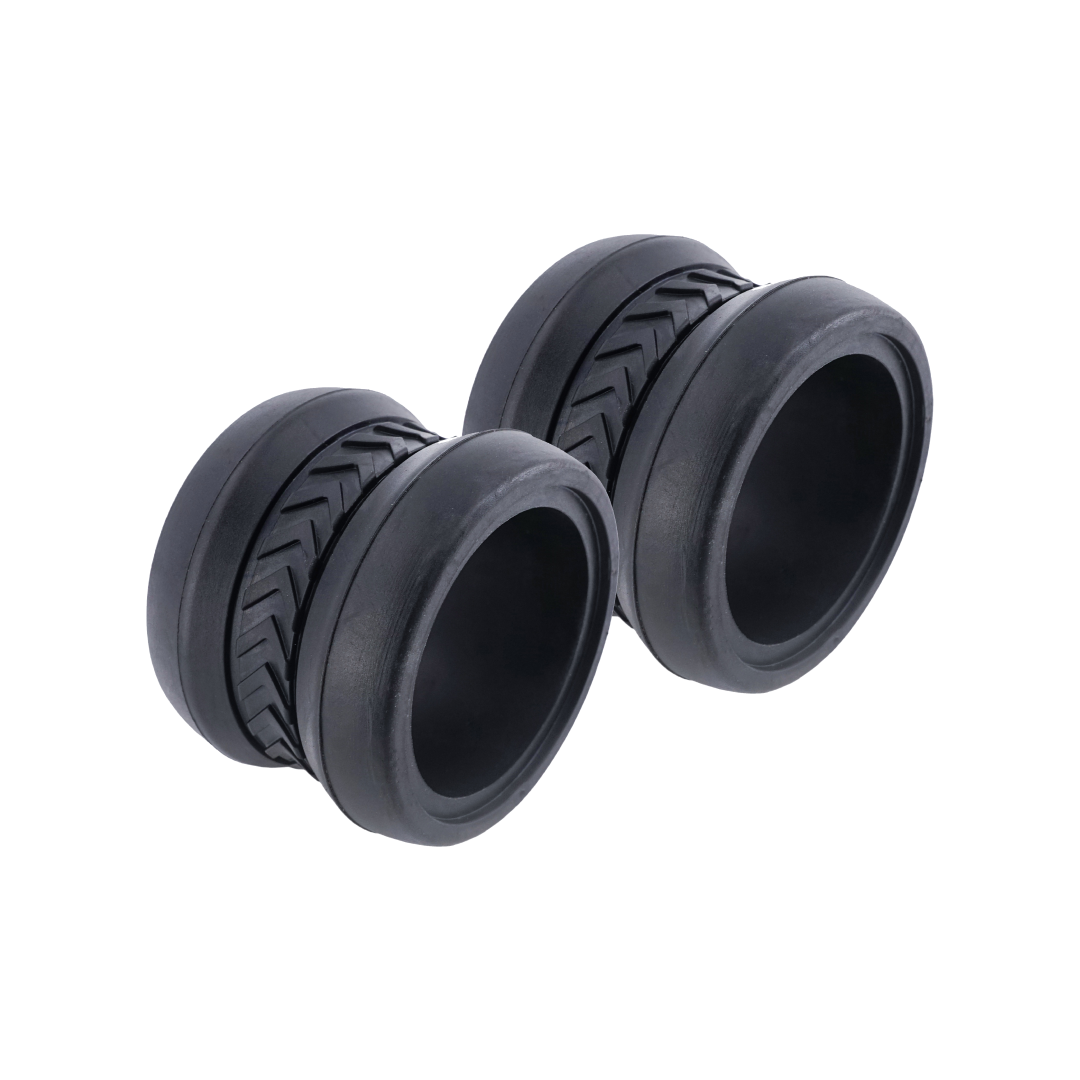
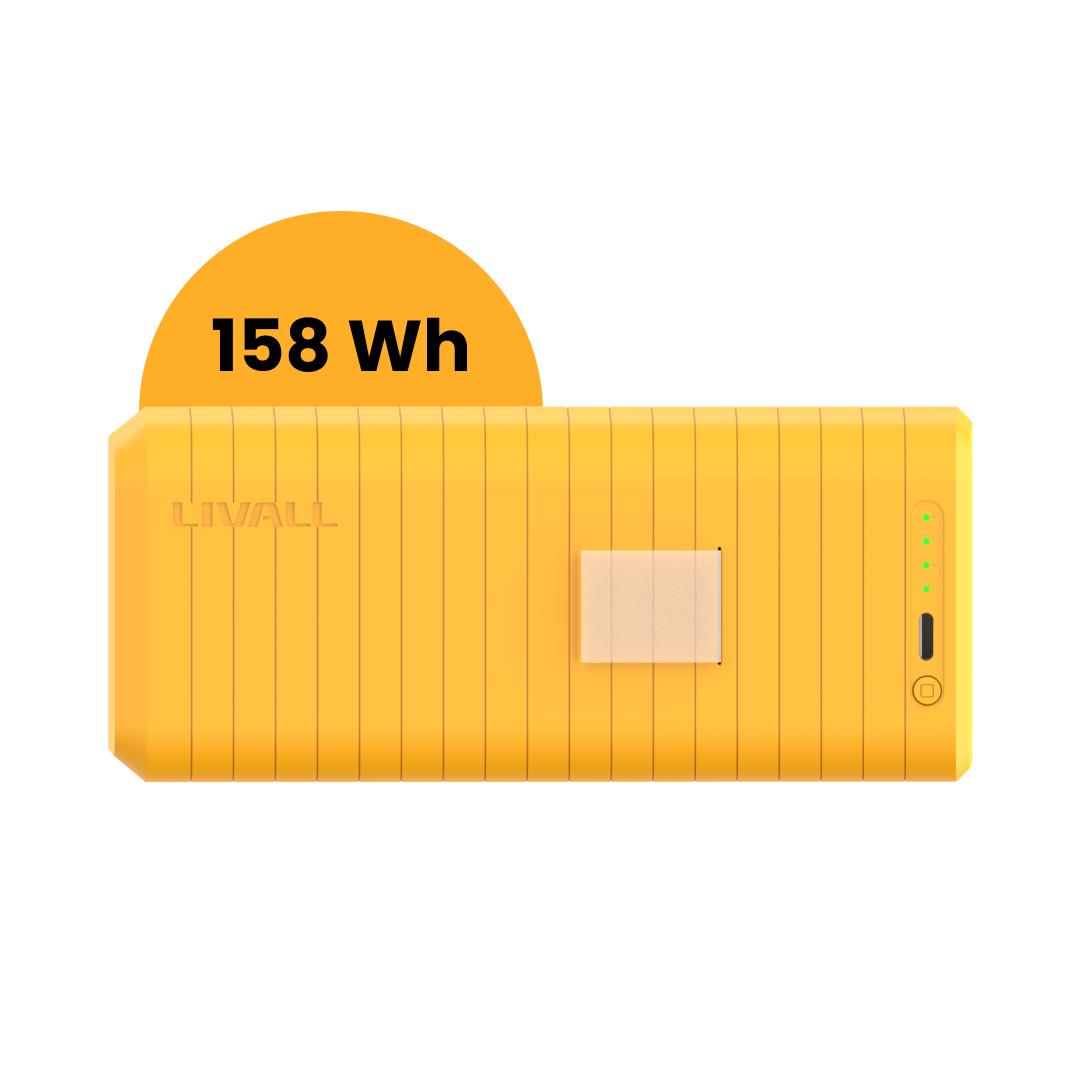
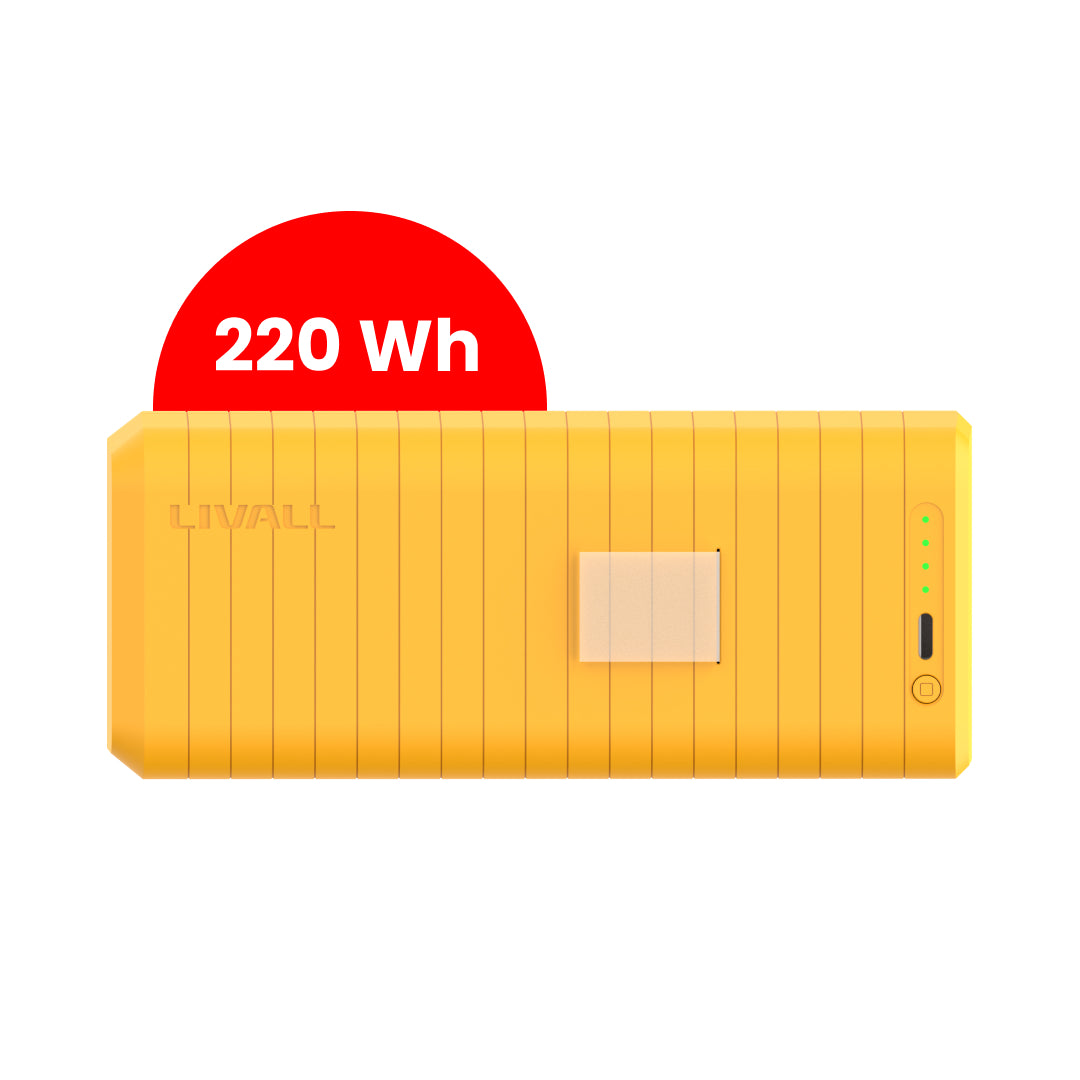
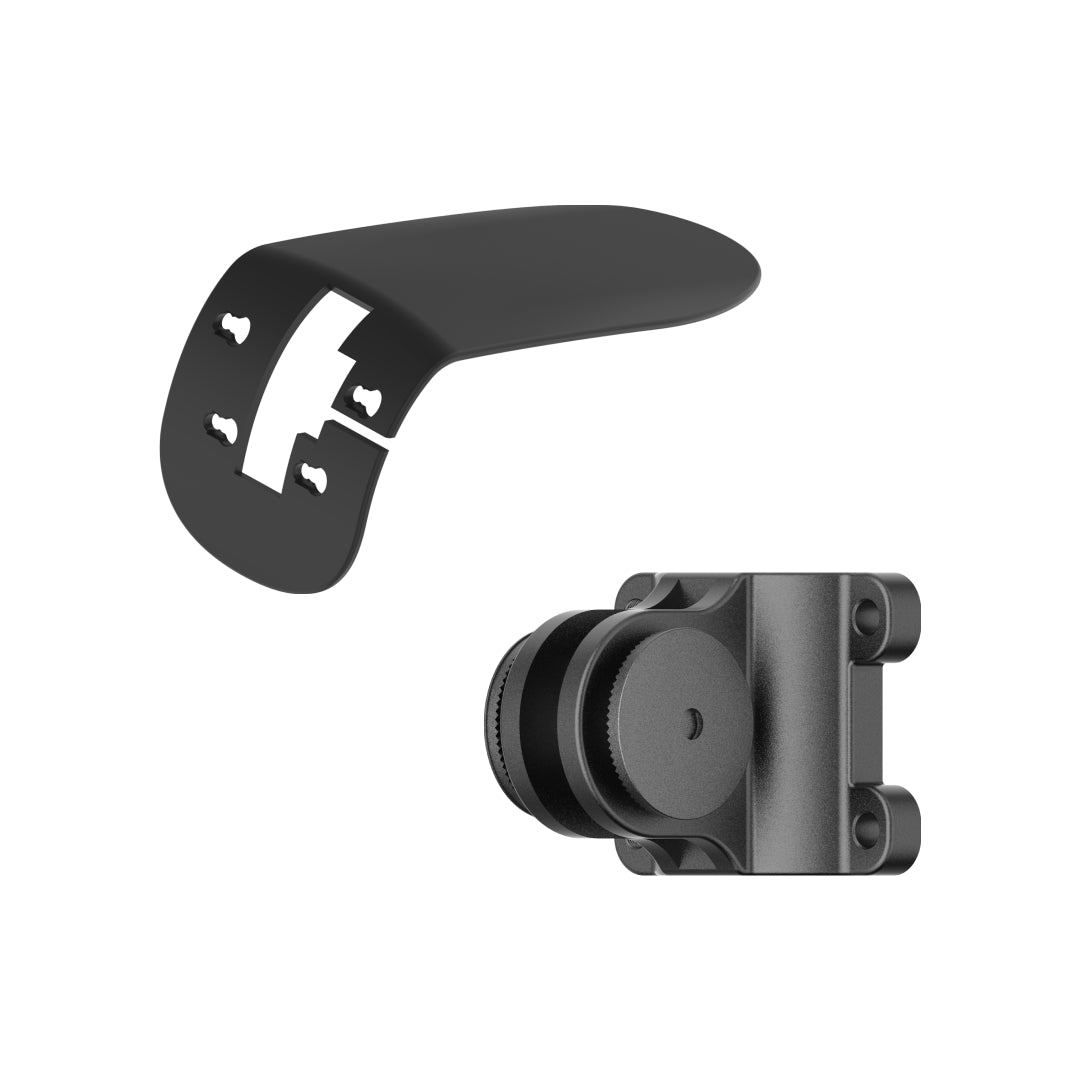
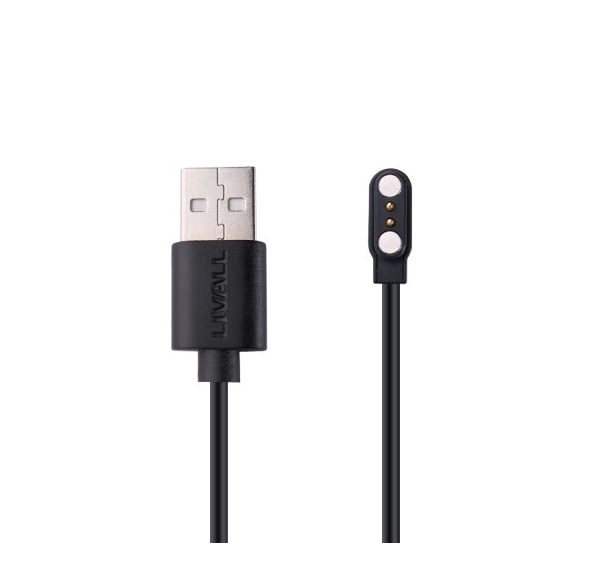
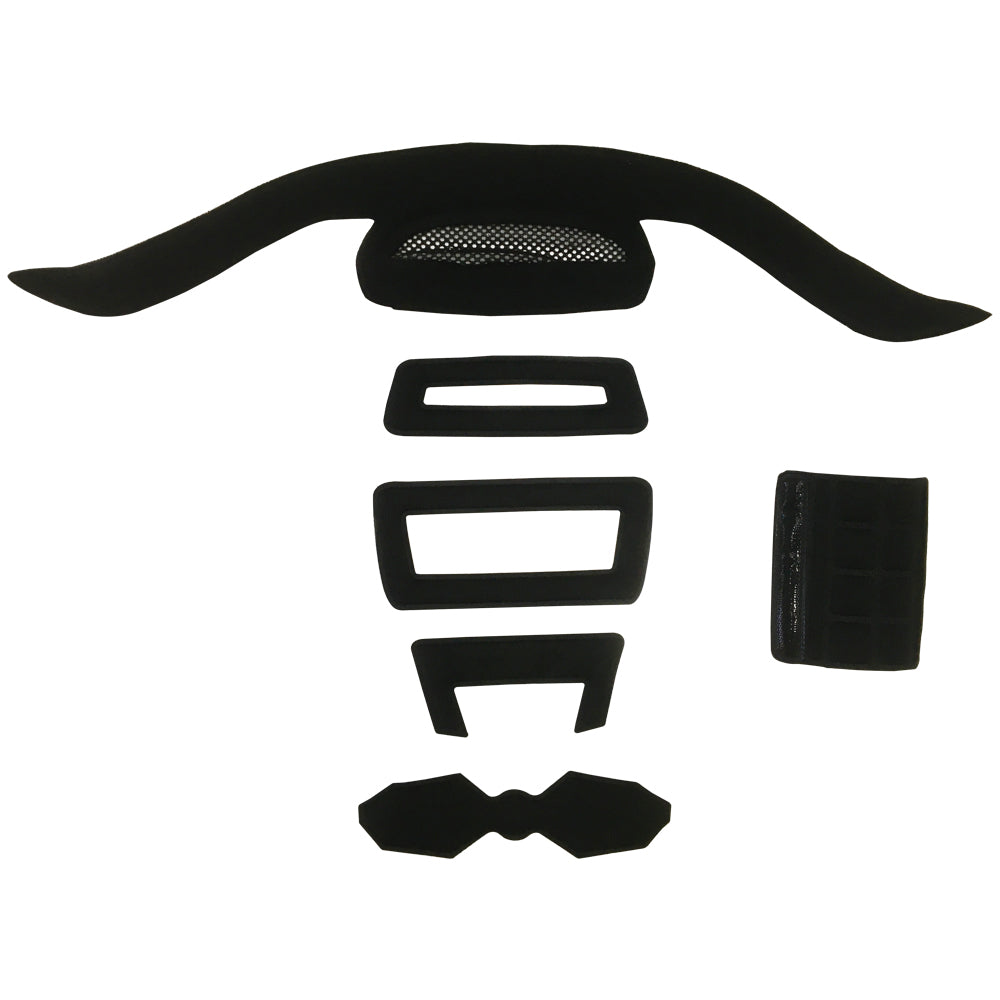
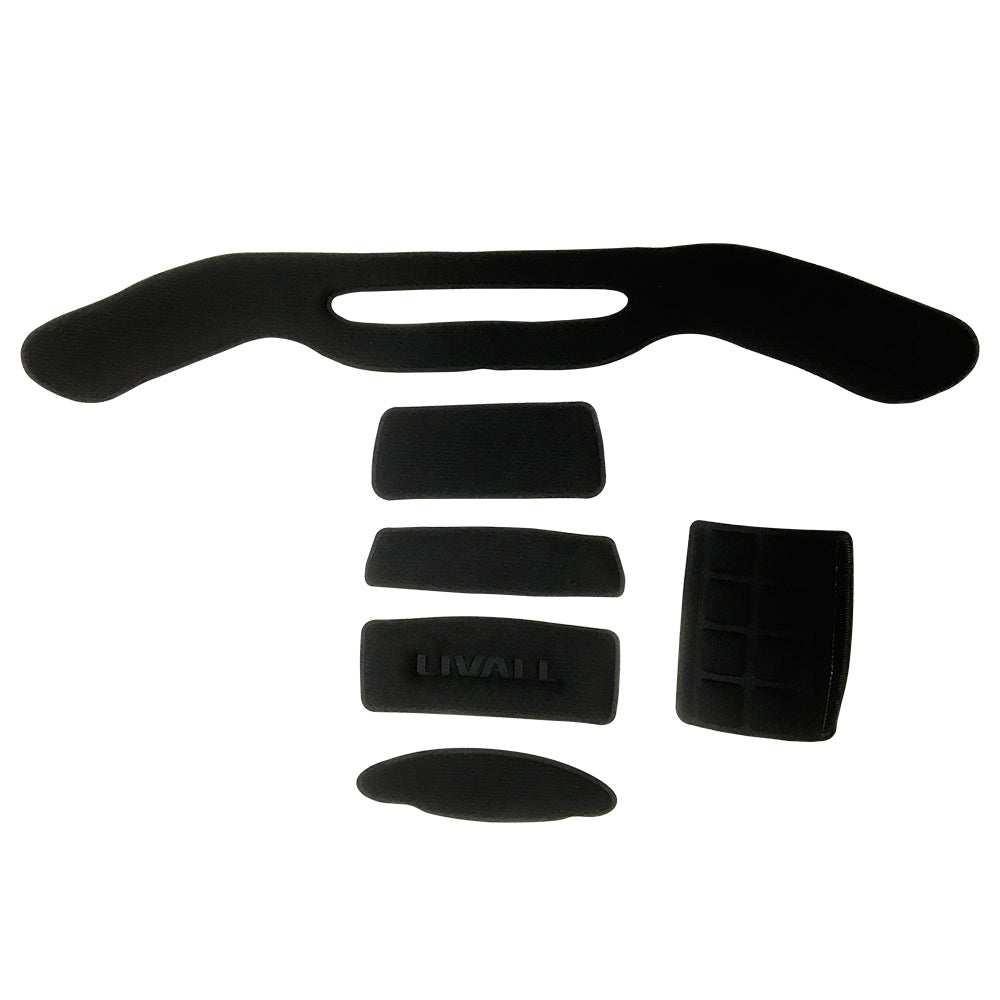
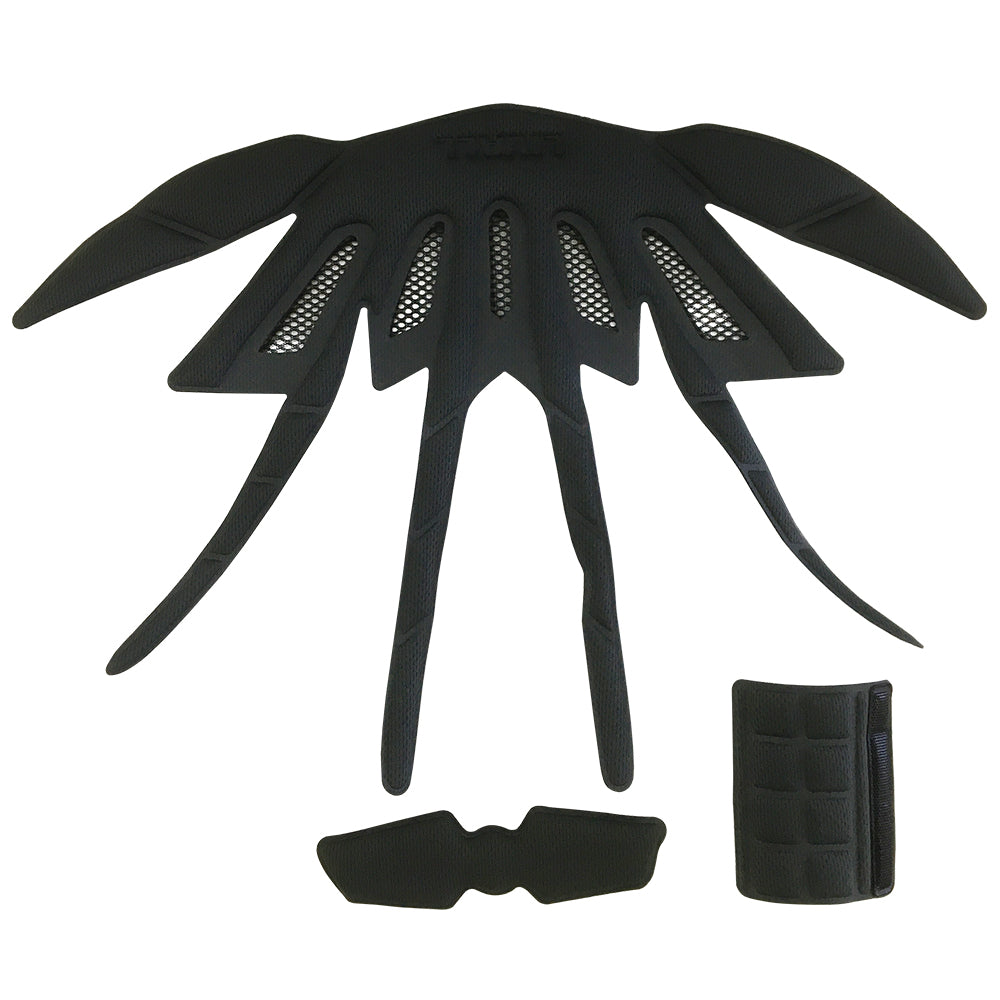
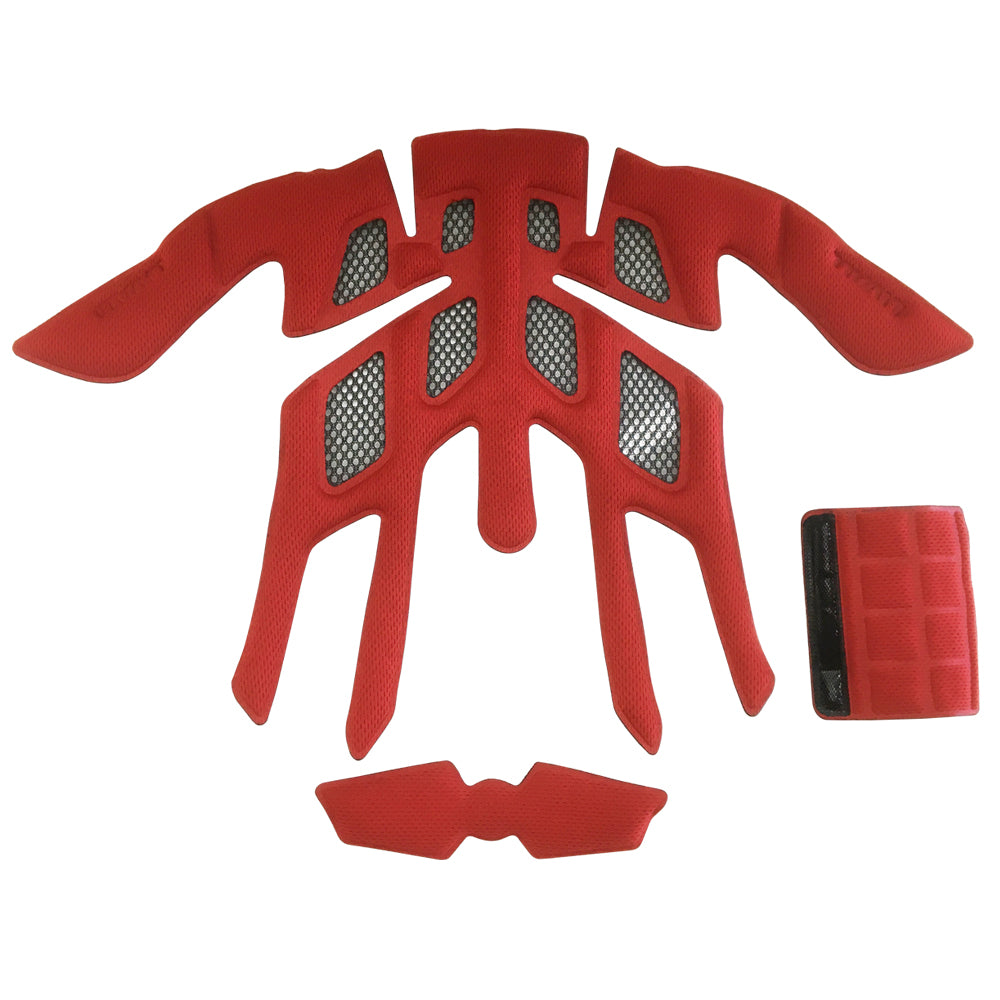
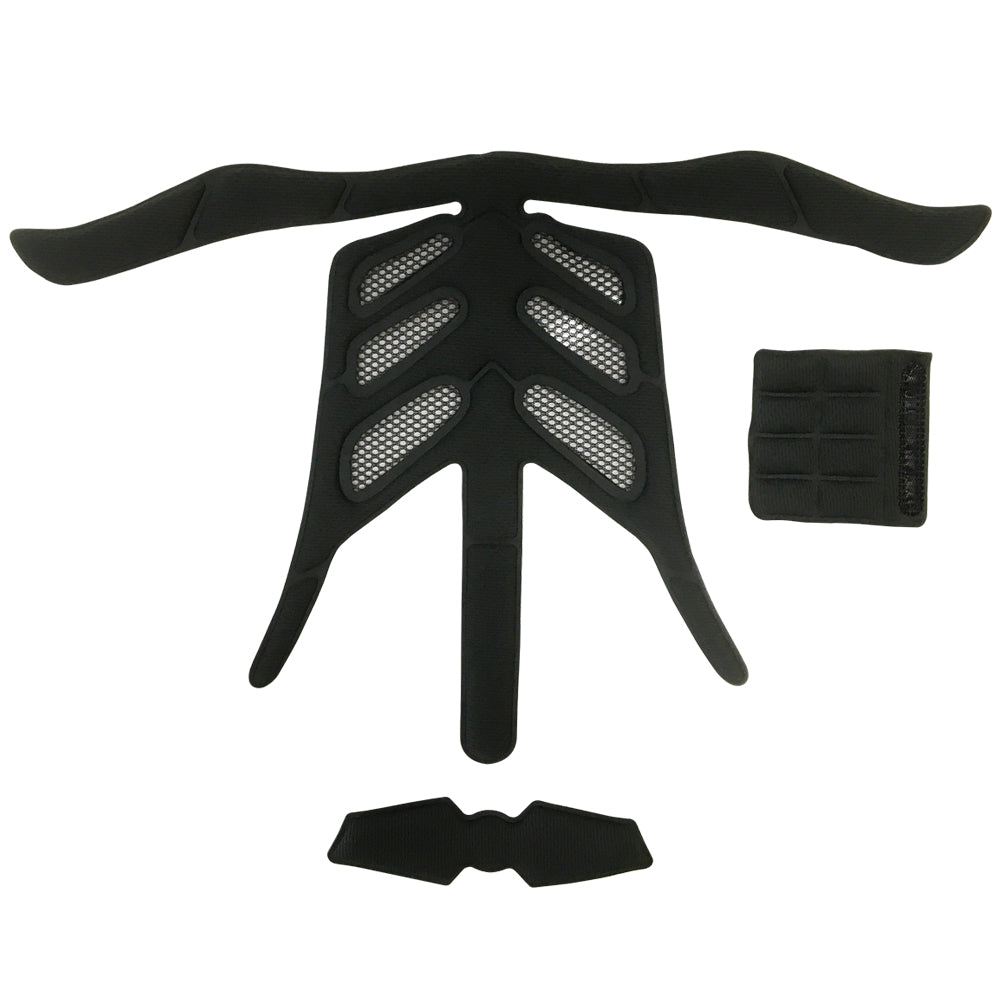
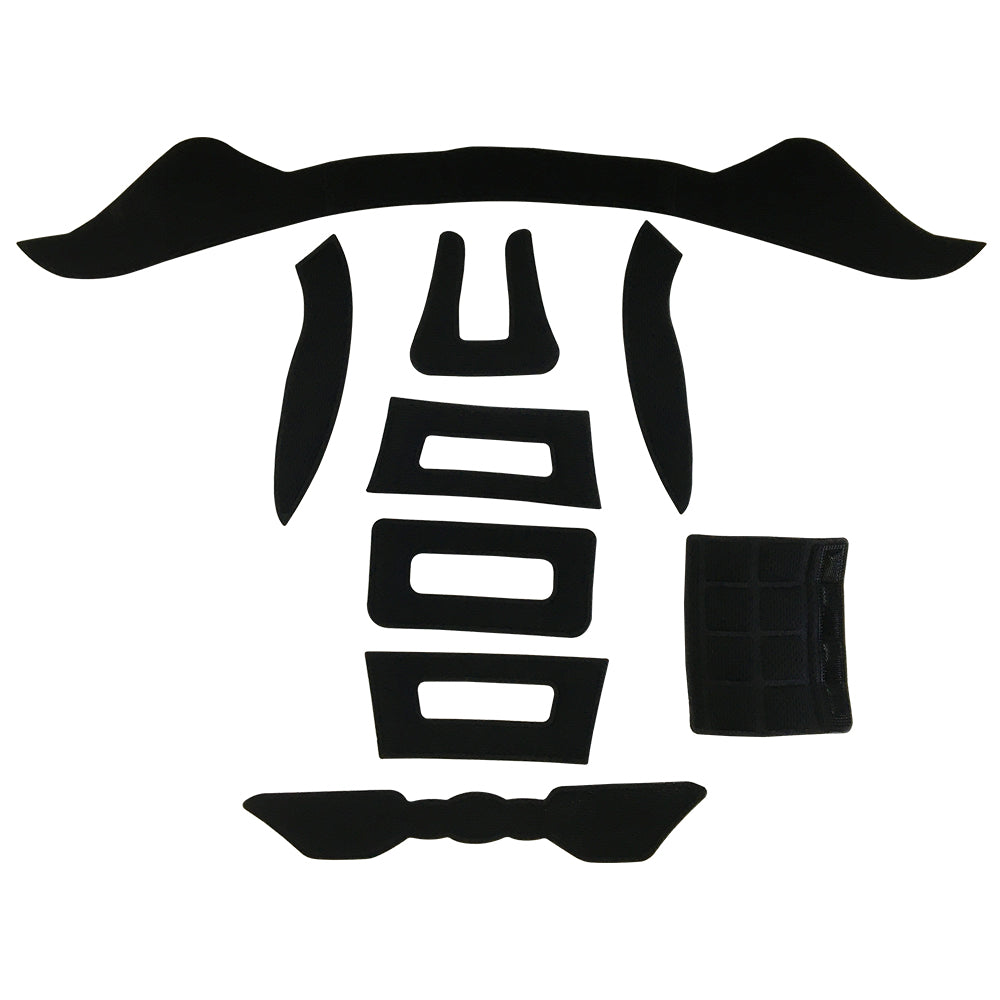

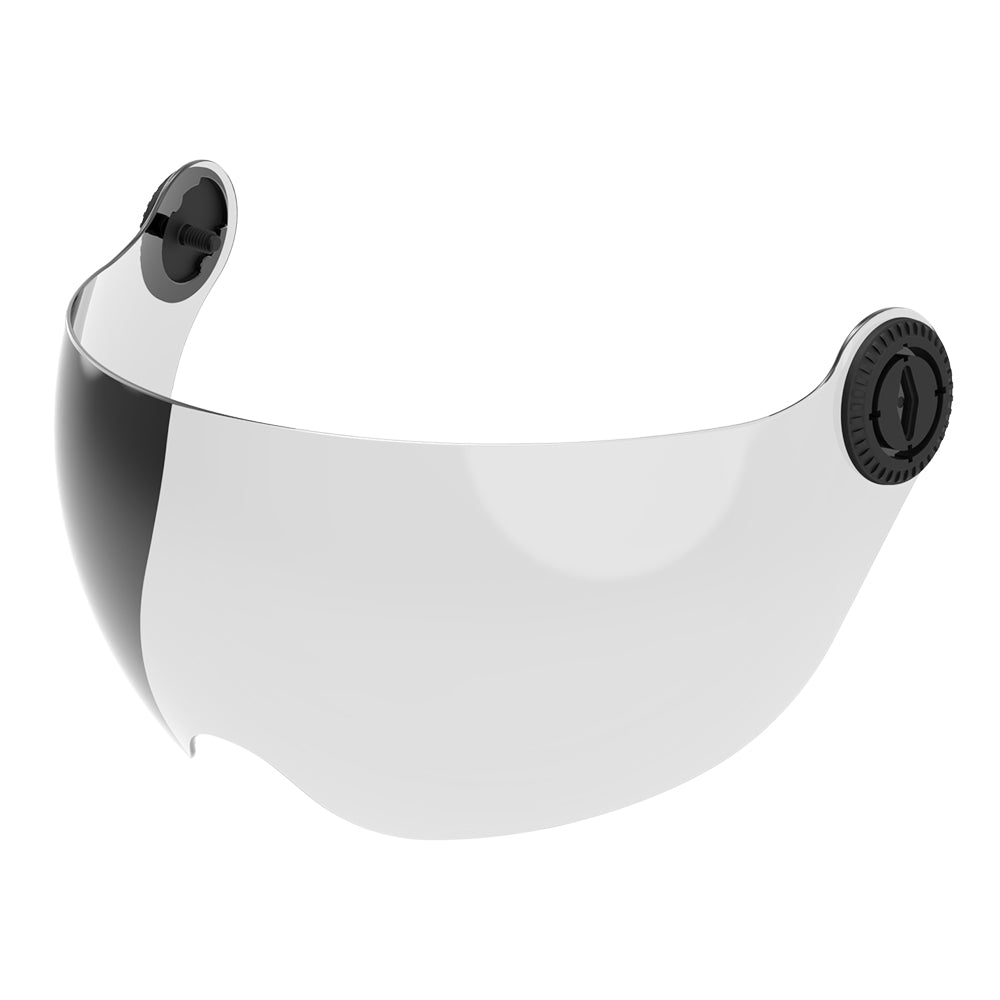
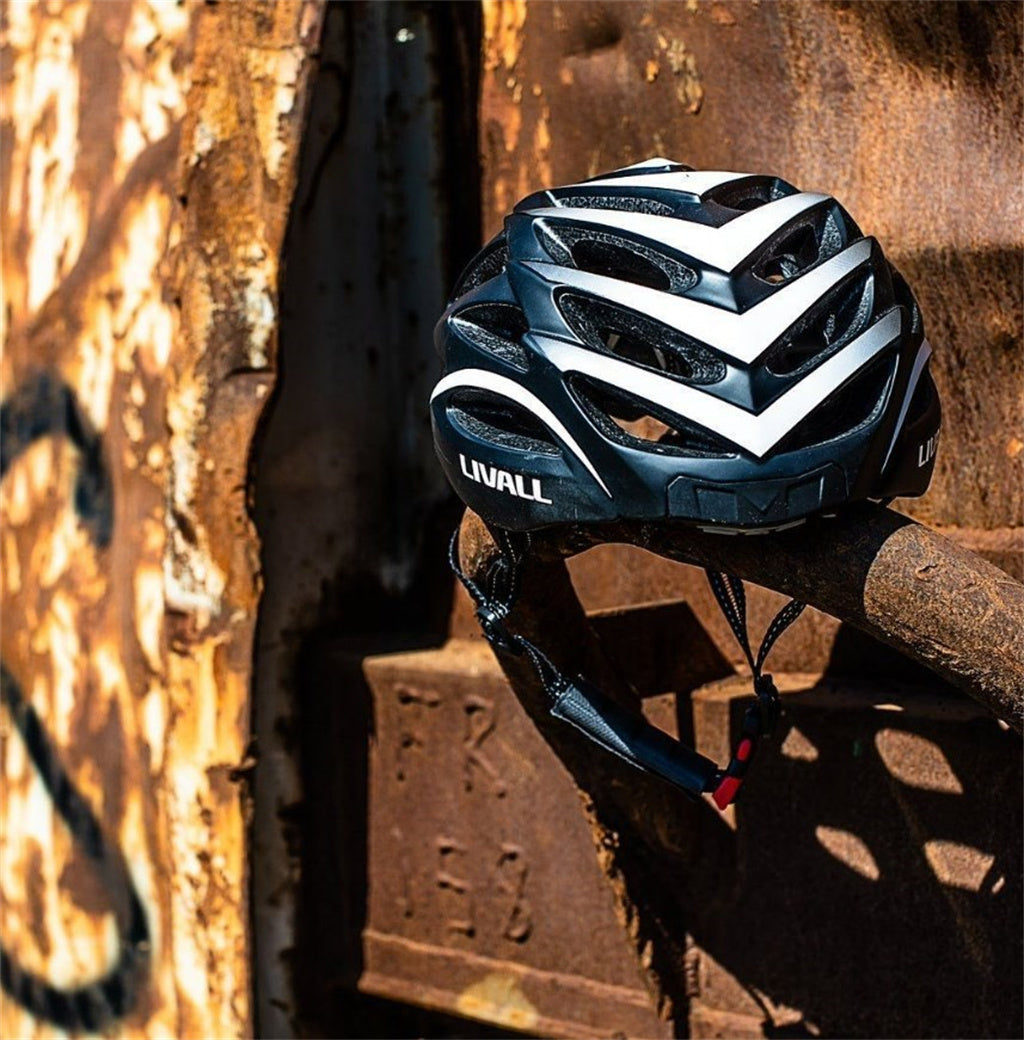


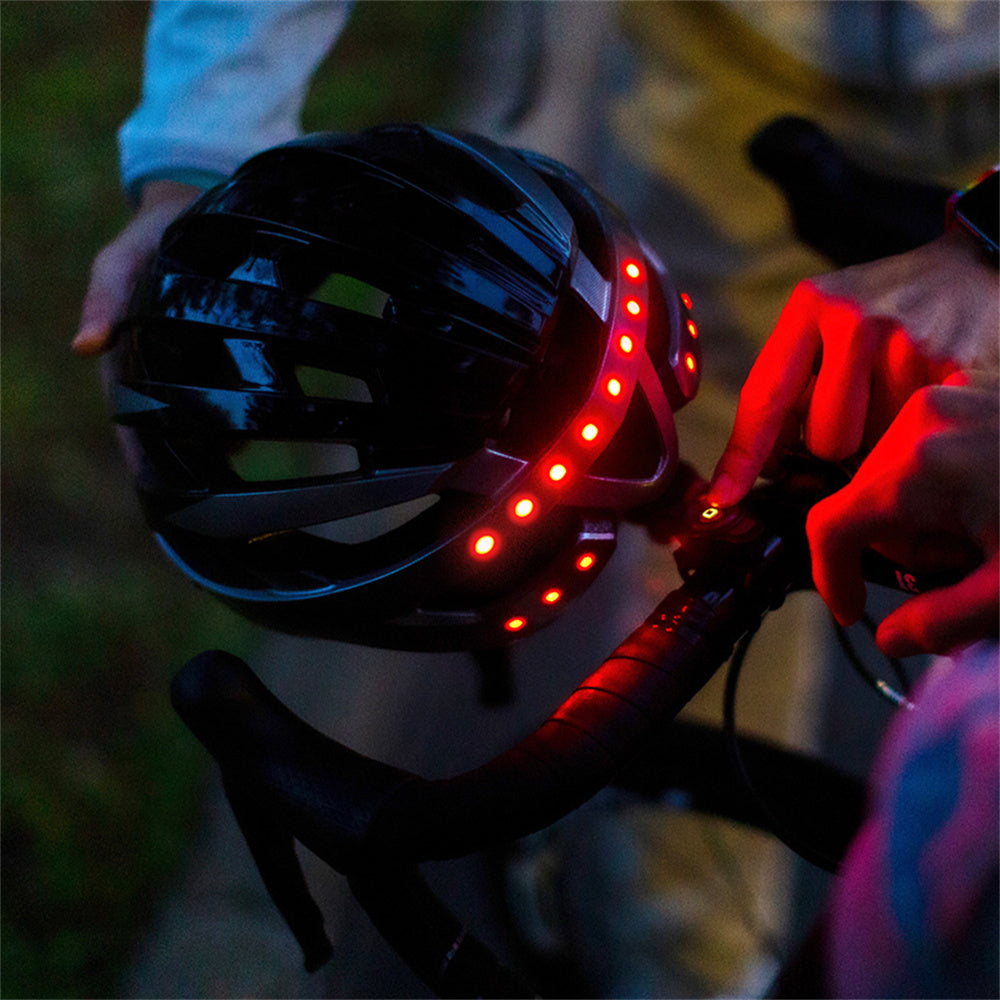





Leave a comment